Hire a Professional
Digital print on paper, 17,5 x 21 cm each (12 pieces), 2014 - 2017.
Since 2014, I have invited an increasing number of professionals accustomed to photographing artworks to shoot one of his “sculptures”: a small rock found on the street that will never, in fact, be displayed to the public. In a 2017 in Brazil, this project included, for the first time, a picture of the installation containing these photographs, i.e., the photograph of the work itself in the exhibition.
The history of art is not exclusively about objects and artistic experiences – it is also the history of its photographs. It is common for our first contact with artworks to be through their photographic records.
Furthermore, our visual repertoire tends to be made up mostly of these images, given the difficulty in having access to the original works, often located in institutions and private collections in Europe and the United States.
The history of art is not exclusively about objects and artistic experiences – it is also the history of its photographs. It is common for our first contact with artworks to be through their photographic records.
Furthermore, our visual repertoire tends to be made up mostly of these images, given the difficulty in having access to the original works, often located in institutions and private collections in Europe and the United States.
Photographers: Pedro Victor Brandão, Everton Ballardin, Edouard Fraipont, Vicente de Mello, Mario Grissoli, Rafael Adorján, Ding Musa, João Musa, Hugo Curti, Filipe Berndt, Celia Saito, Isadora Brant, Max McKeller e Pedro Napolitano Prata.
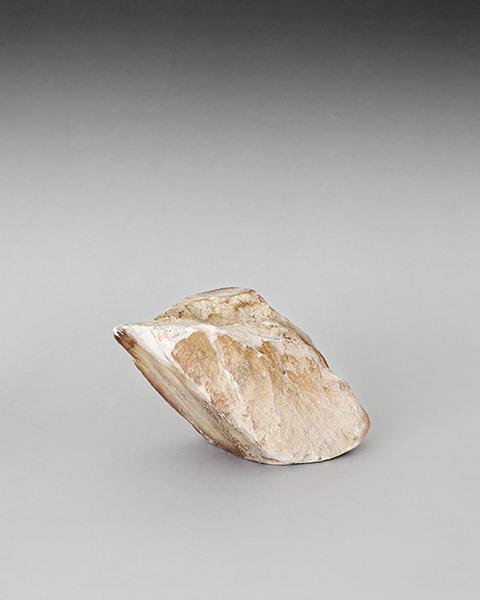
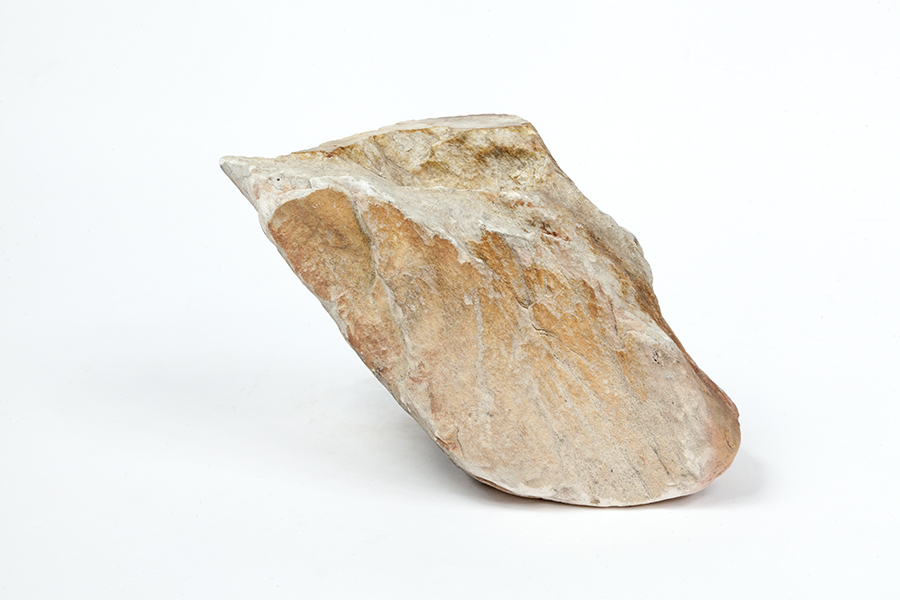
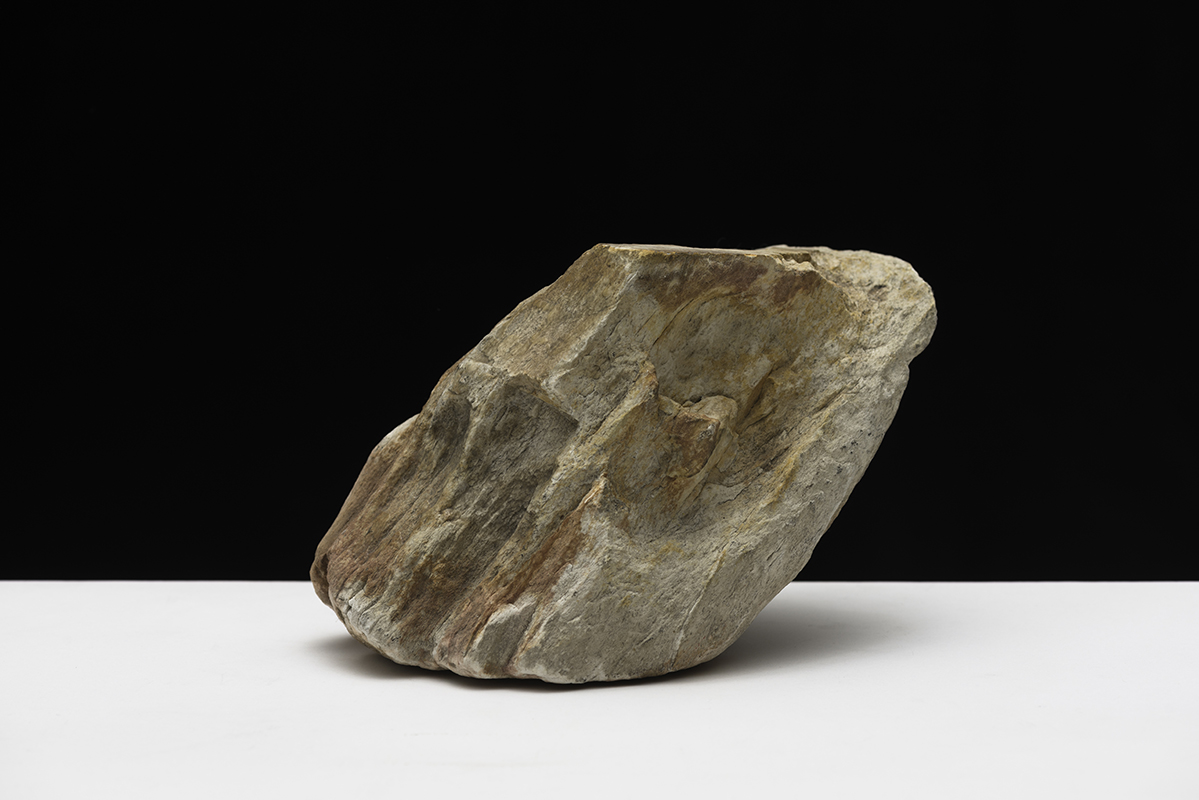
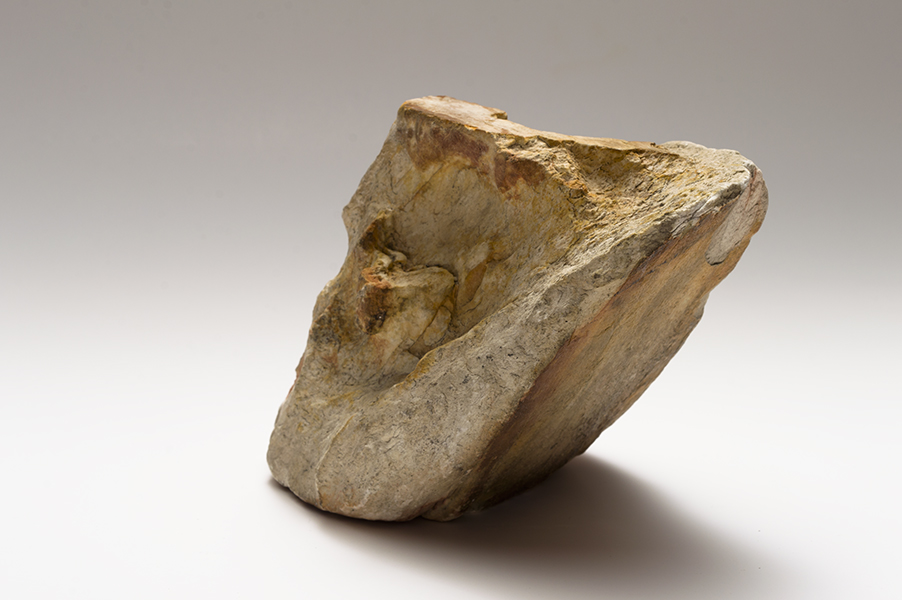



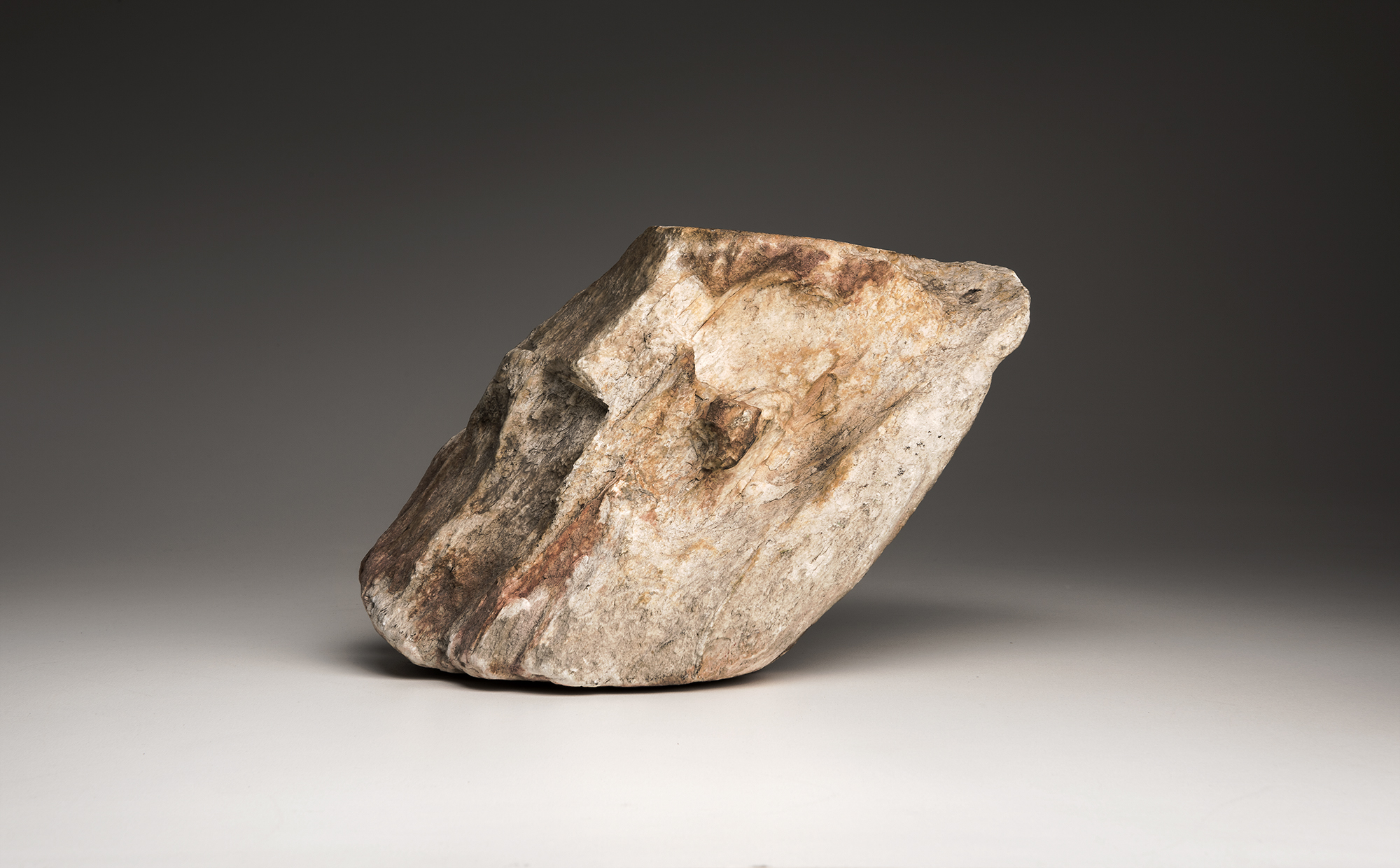
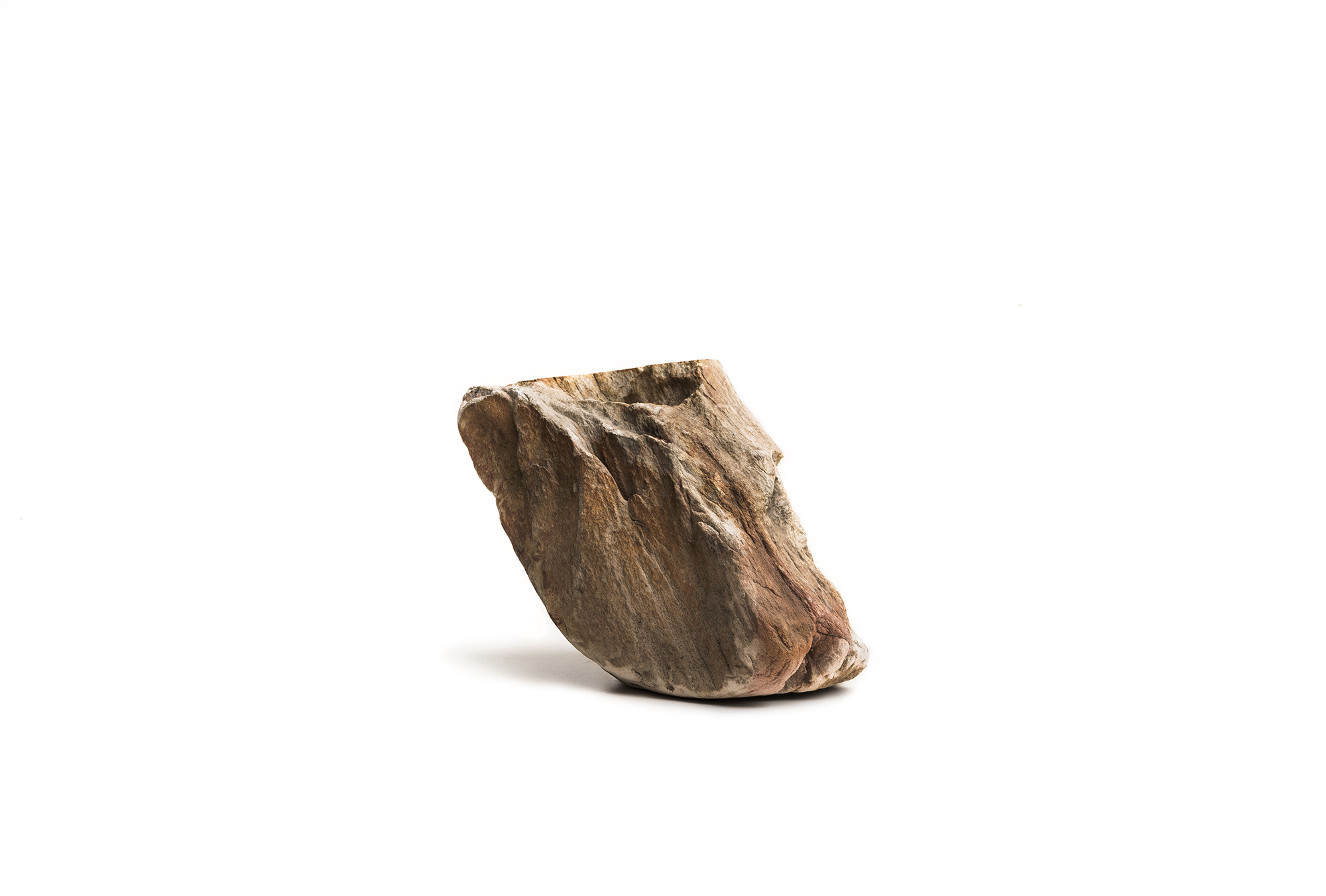
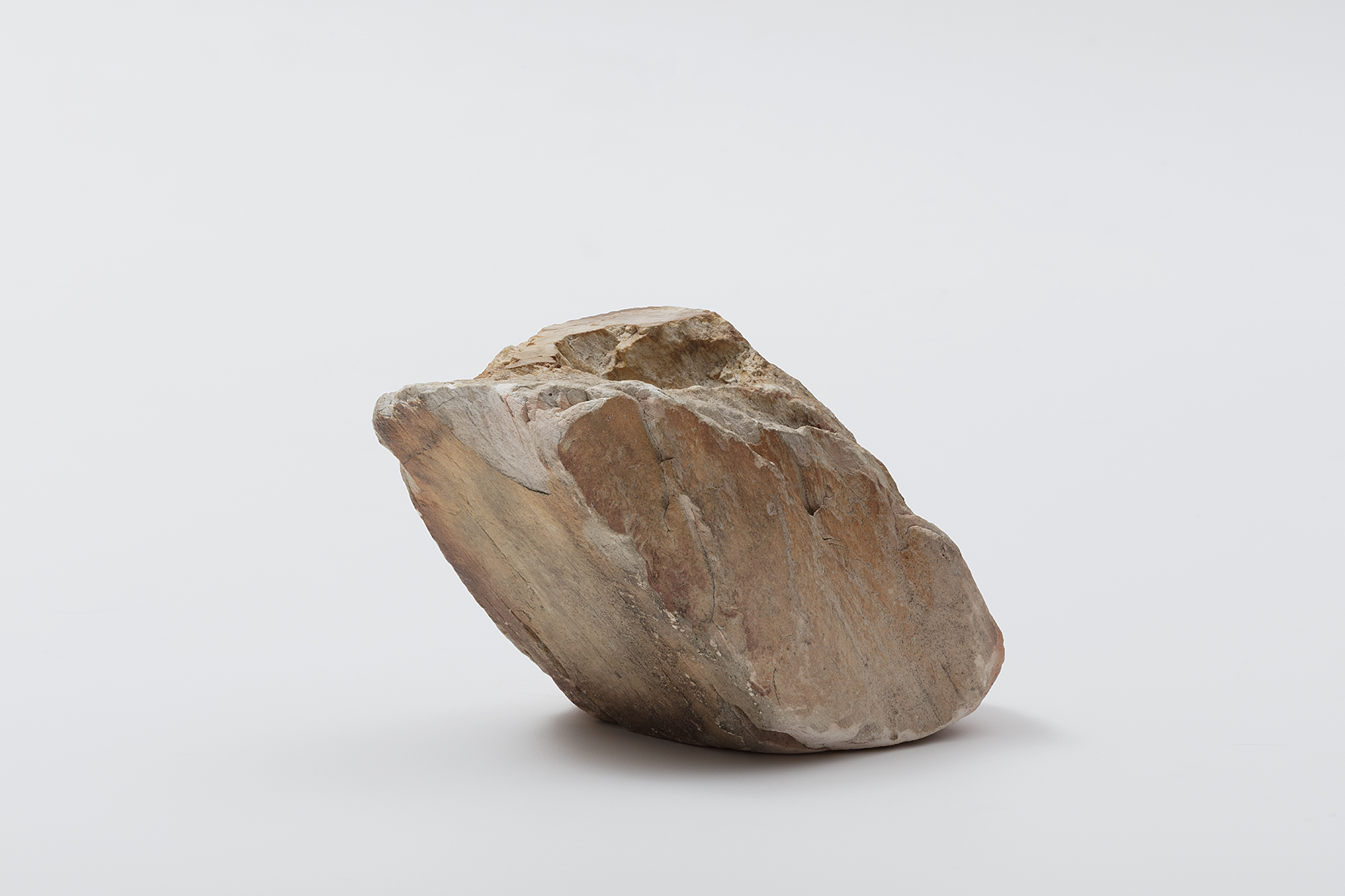

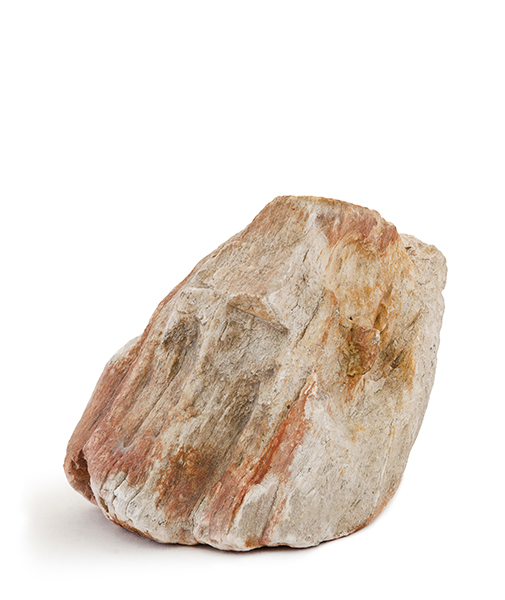
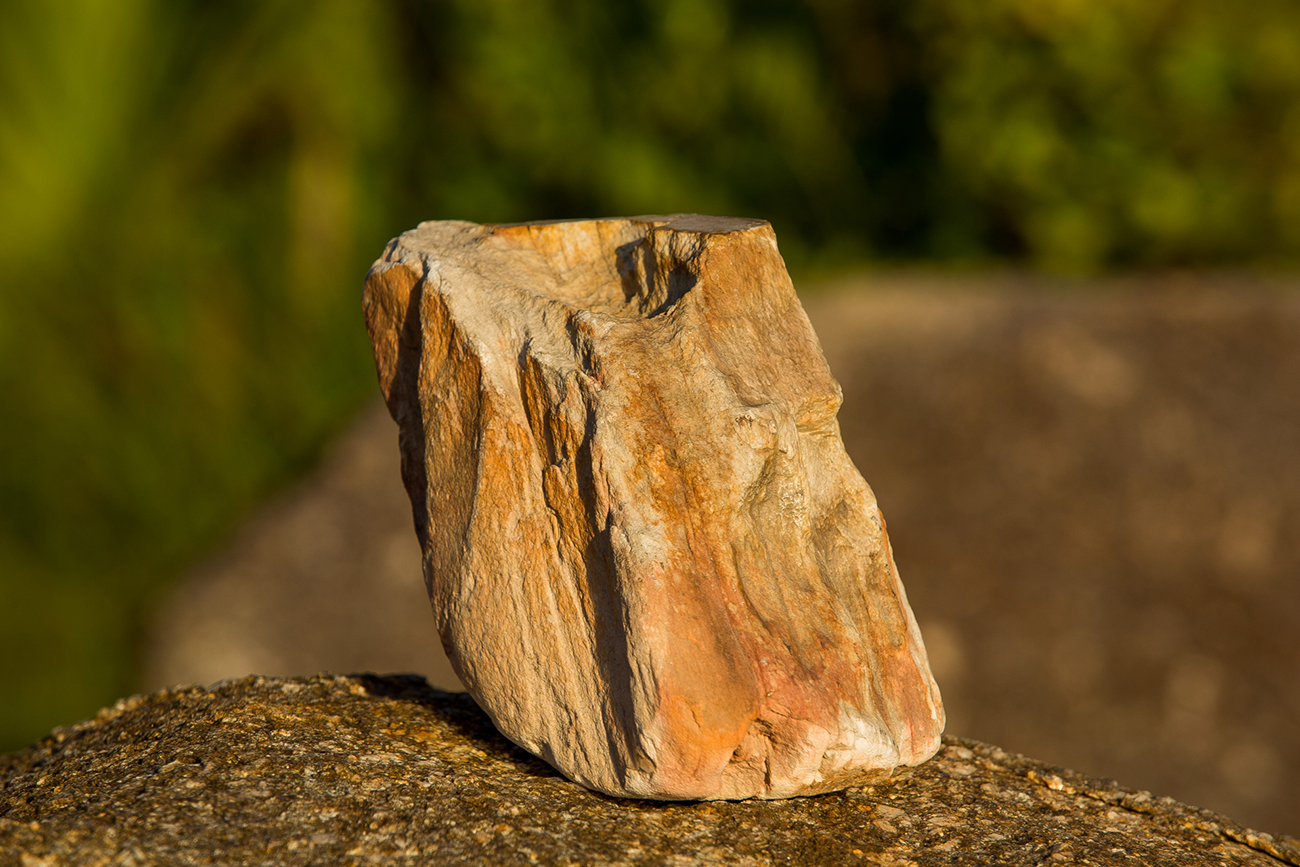

How to Photograph Artwork, Kodak Guide, 1991:
“Hire a professional. Precision, rather than creativity, is the most important aspect of this craft.”
“Hire a professional. Precision, rather than creativity, is the most important aspect of this craft.”
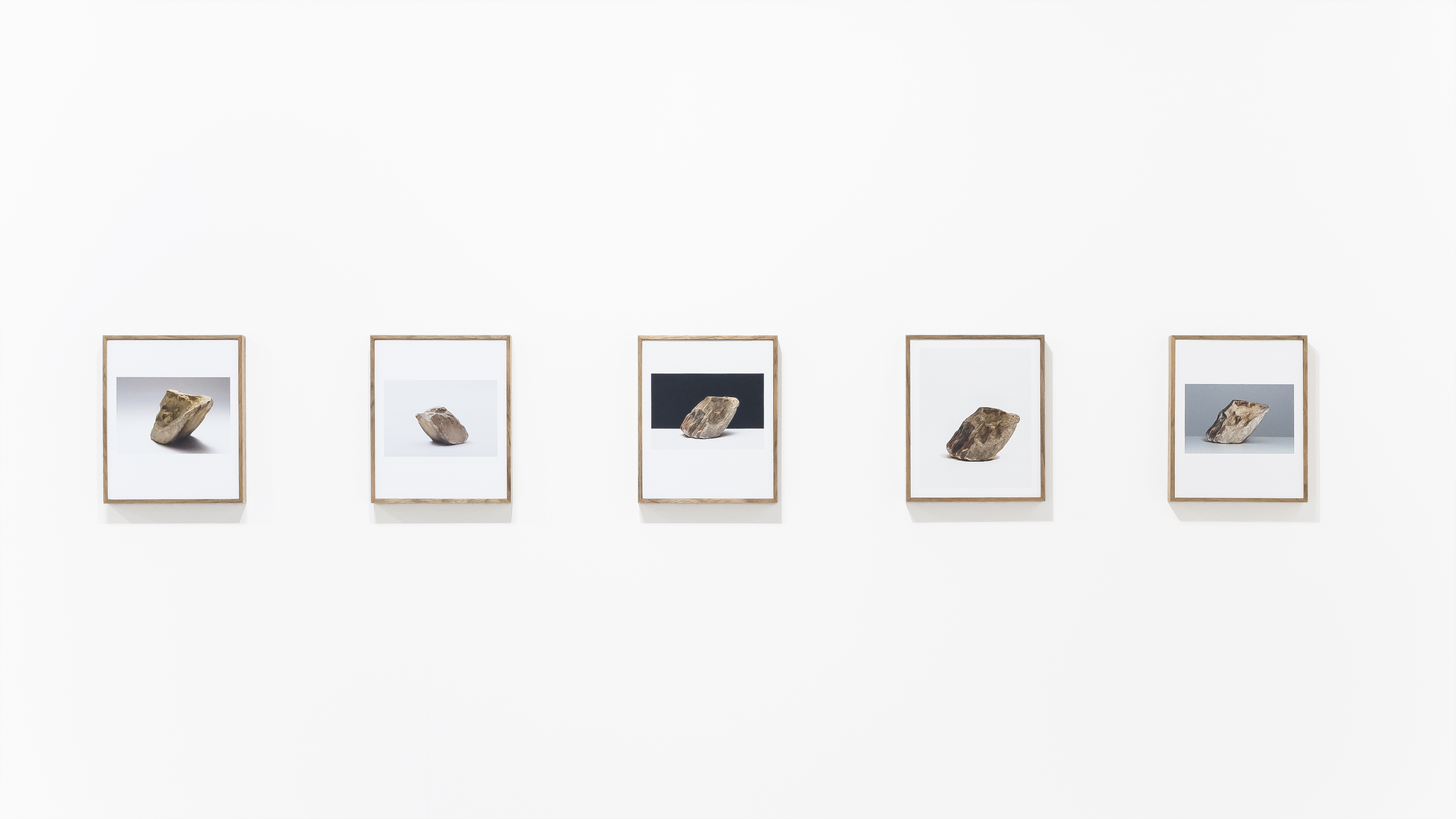



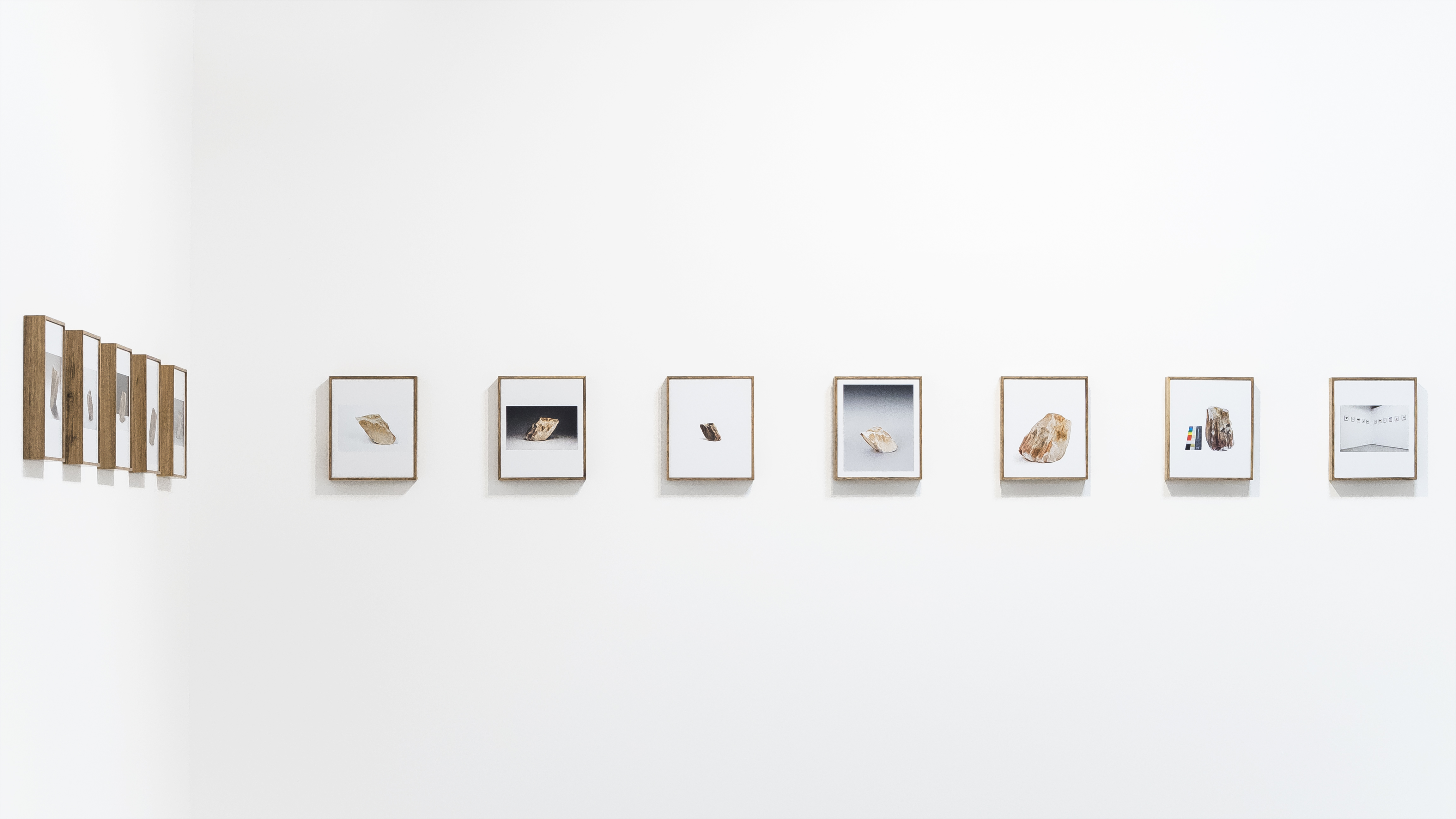

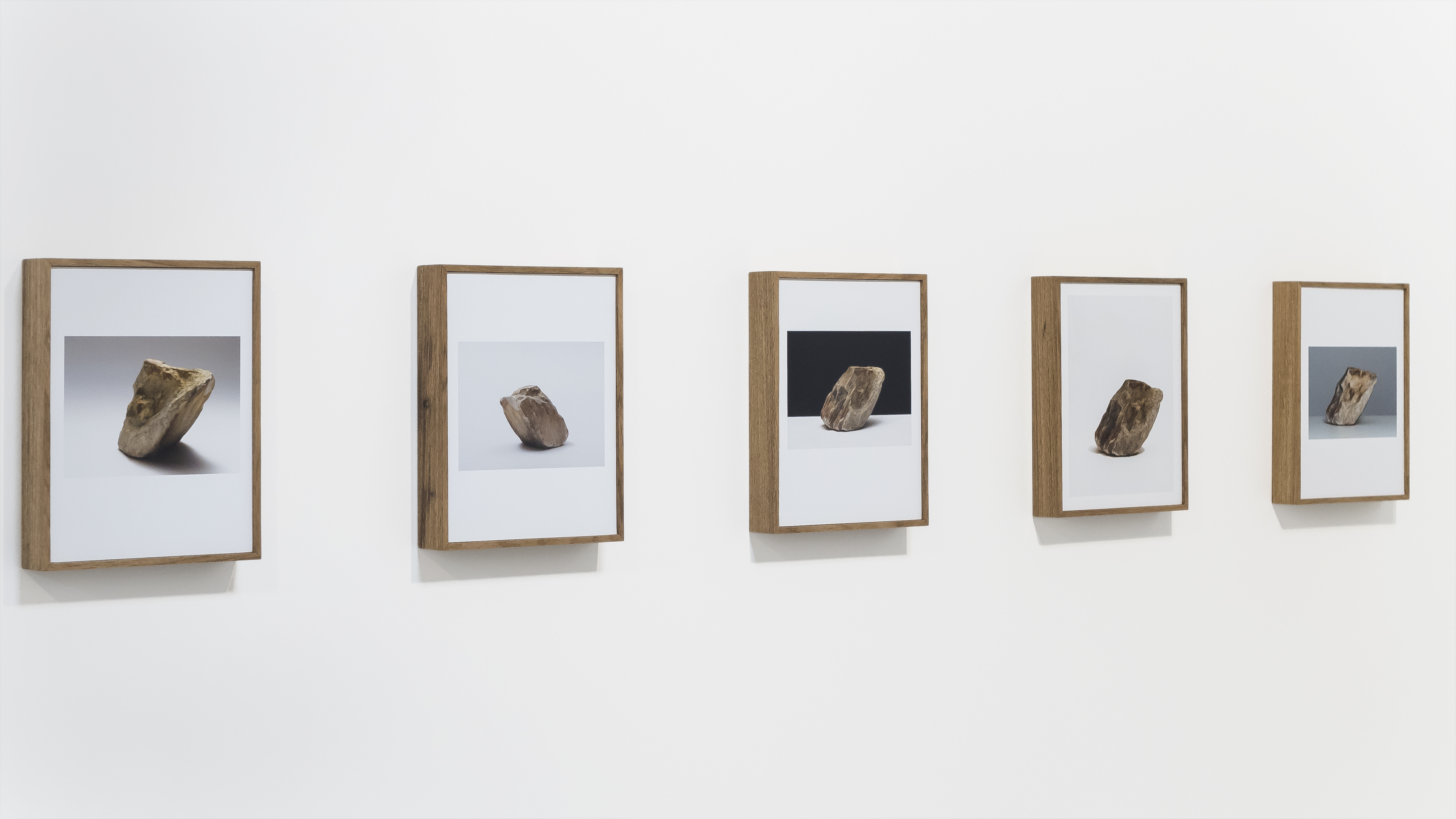


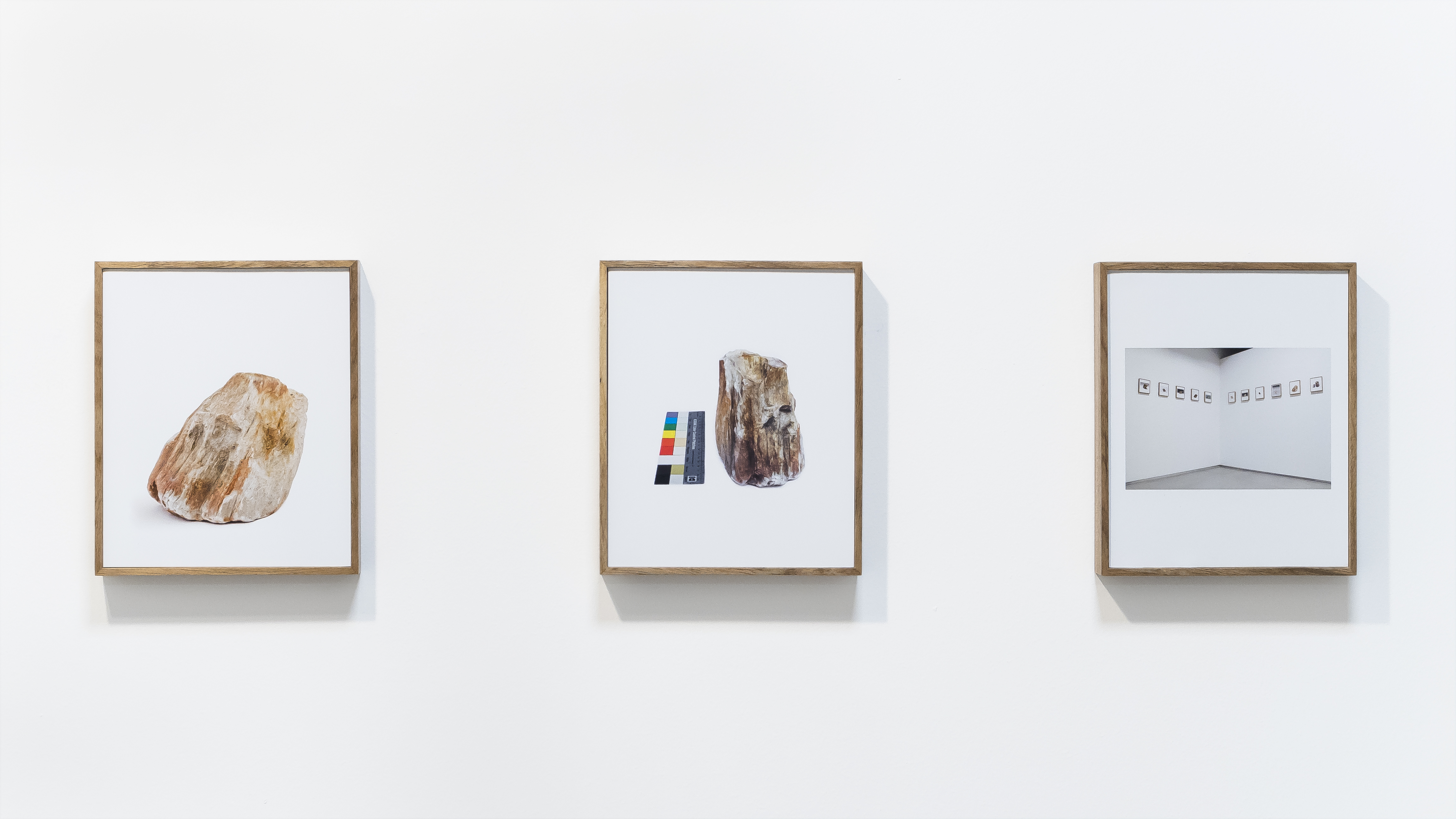
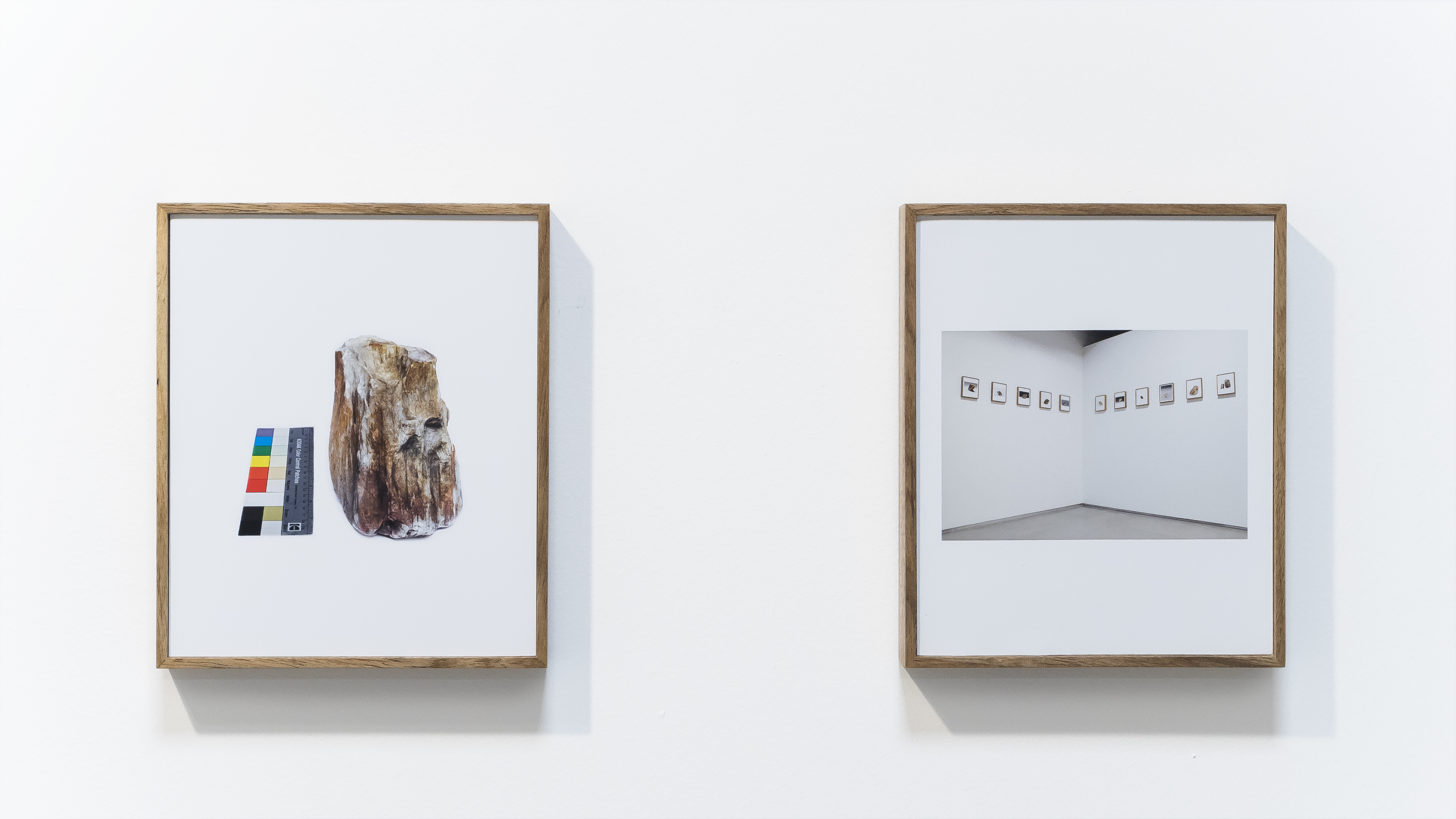
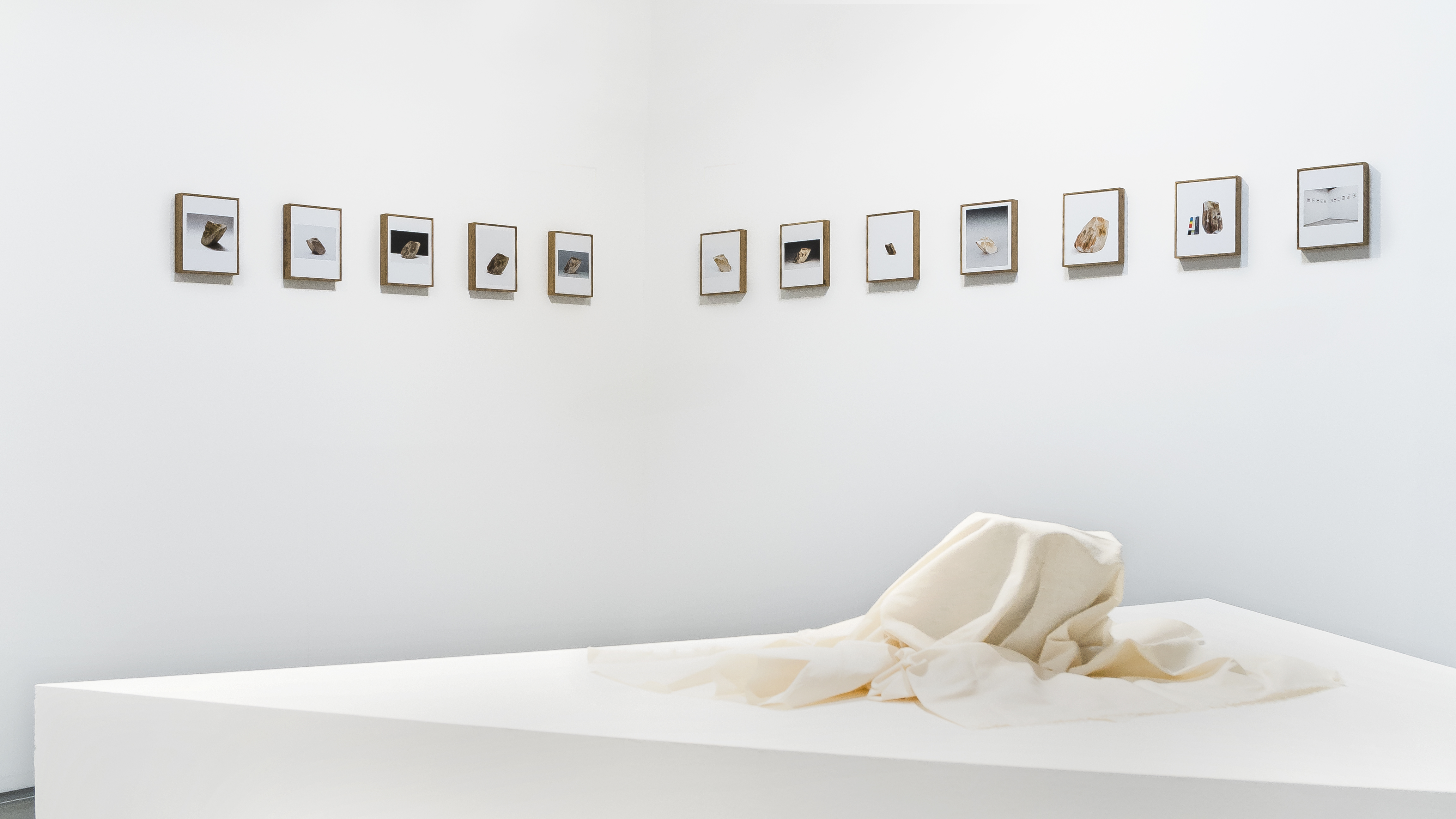
“If anything characterises the relations between art and photography today, it is the unresolved tension introduced between them by the photography of works of art.” - A Short History of Photography, 1931, Walter Benjamin.
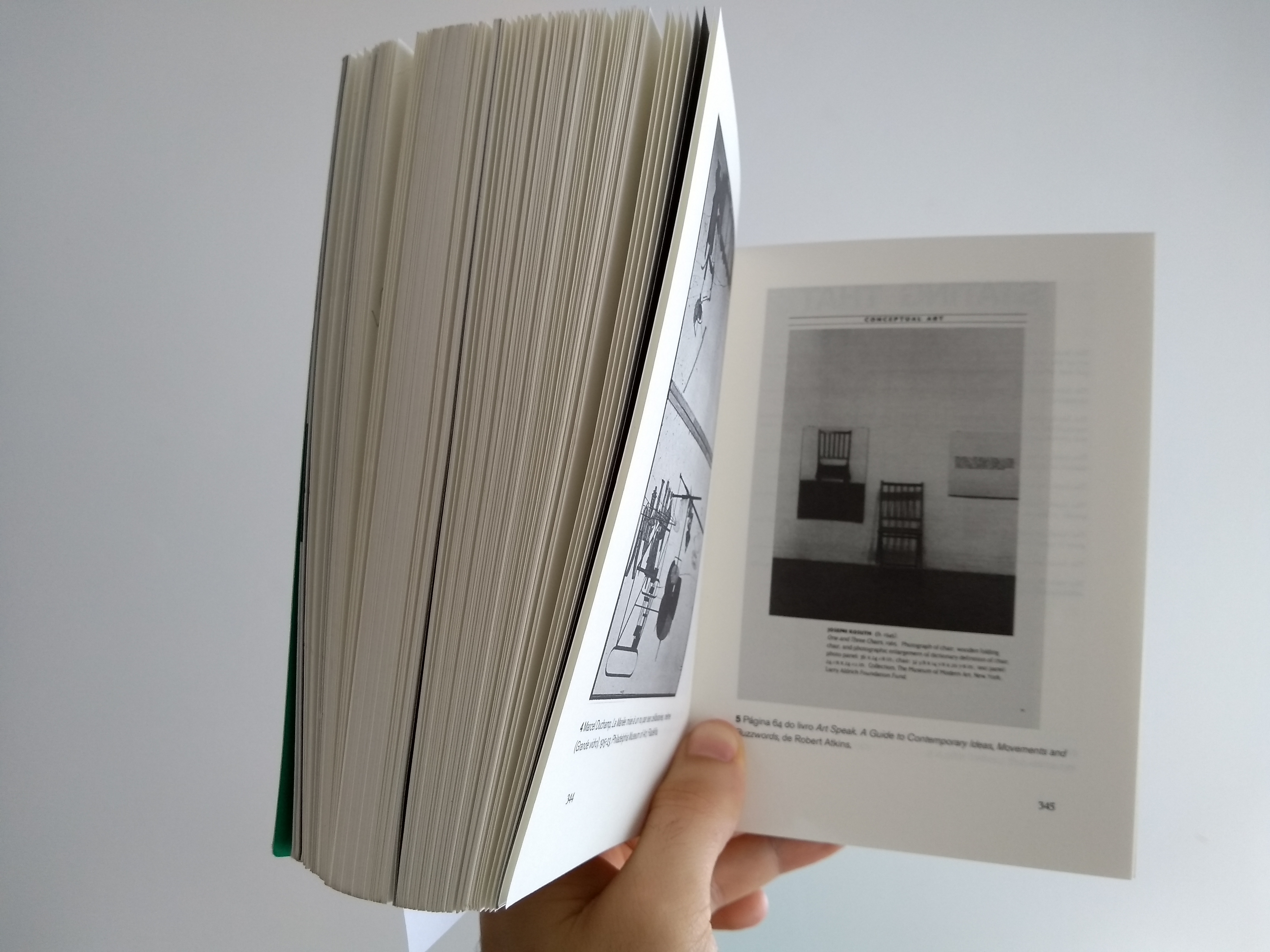 “... deixei-me convencer a reproduzir a instalação de Kosuth, talvez inteiramente de acordo com seu sentido, não numa ‘foto original’, tal como pareceria se fosse montada hoje ou tal como pareceria quando foi mostrada pela primeira vez. Ao contrário, ela foi reproduzida segundo uma cópia do guia de arte de Robert Atkins, onde não designa mais a cadeira em sua trindade, mas algo totalmente diferente, um chavão da história da arte: a arte conceitual.”
“... deixei-me convencer a reproduzir a instalação de Kosuth, talvez inteiramente de acordo com seu sentido, não numa ‘foto original’, tal como pareceria se fosse montada hoje ou tal como pareceria quando foi mostrada pela primeira vez. Ao contrário, ela foi reproduzida segundo uma cópia do guia de arte de Robert Atkins, onde não designa mais a cadeira em sua trindade, mas algo totalmente diferente, um chavão da história da arte: a arte conceitual.”O Fim da História da Arte, Hans Belting.



Filipe Berndt: making off.

Postcards of the Prado Museum with printing errors.
 Photographic credits: minimum authorship.
Photographic credits: minimum authorship.Most times when the past intervenes, the interest focuses on credit’s allocation.
“Election of a reason (theme) and the action of isolating it from nature;
Photographic perspective view (recognize that there are differences between the human eye and the lens of a camera);
Transposition of the natural color to a scale of photographic tones;
Isolation of a temporality (the photograph will be the record of a specific moment).”
The elements of photographic creation, in About the possibilities of photographic creation, 1965, Otto Steinertque.
_
"Extraordinary density of small details, vision beyond the naked eye, accuracy, clarity of definition, perfect delineation, impartiality, tonal fidelity, tangible sense of reality, truth."
James Borcoman on the work of art photography, in The Kiss of Judas, 2013, Joan Fontcuberta).
Photographic perspective view (recognize that there are differences between the human eye and the lens of a camera);
Transposition of the natural color to a scale of photographic tones;
Isolation of a temporality (the photograph will be the record of a specific moment).”
The elements of photographic creation, in About the possibilities of photographic creation, 1965, Otto Steinertque.
_
"Extraordinary density of small details, vision beyond the naked eye, accuracy, clarity of definition, perfect delineation, impartiality, tonal fidelity, tangible sense of reality, truth."
James Borcoman on the work of art photography, in The Kiss of Judas, 2013, Joan Fontcuberta).